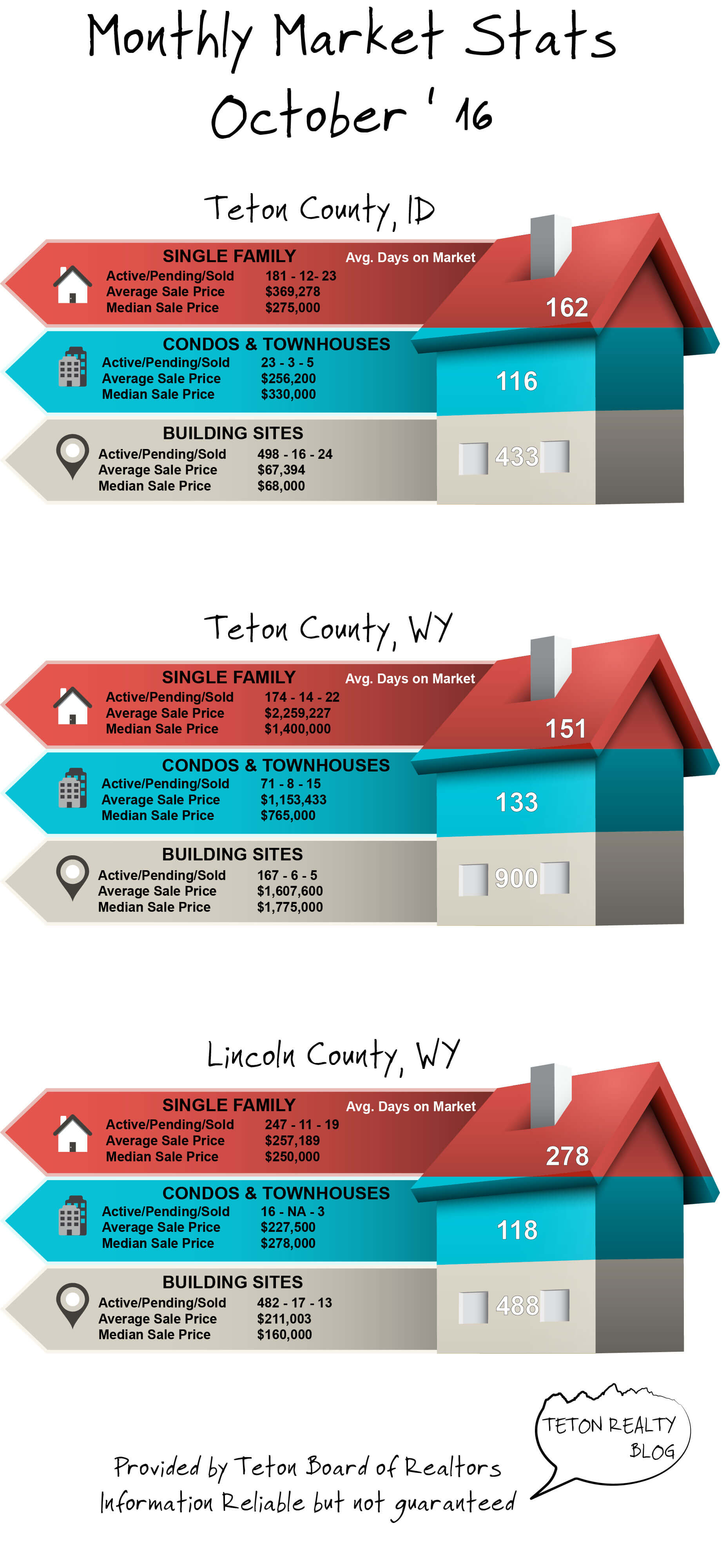 Last week I promised an article on the potential for a localized market bubble. Refer to last weeks article;
Last week I promised an article on the potential for a localized market bubble. Refer to last weeks article;
Example; I am currently aware of well over 50 acres of vacant land pending sale in the Victor area alone, all zoned for medium or high density. In addition, there are even more projects with similar density requirements slated for construction beginning 2017. Now, according to the market cycles outlined in last weeks article (refer above) this is normal, As long as it doesn’t get out of hand. There’s a potential for this to turn into a race to the finish line, in order to complete and liquidate projects before the next developer or investor. If that happens, not only will the last developer to complete their project end up with the short end of the stick, but so will we, here in our local Teton Valley Market. If it doesn’t get too out of hand, this will cause, in my opinion, a mini cycle, or intermediate bubble.
From a local government standpoint, I think it is possible. In my opinion, the city of Victor promotes growth more than it’s sister cities in Teton Valley, or the County itself. Victor needs to be very careful, and Victor’s investors the same with regards to the above concerns. Teton County also has a new wave of elected officials produced by this past election, likely more so pro-growth than the outgoing officials. This is fine, but we need to be careful.
For those of you that are concerned about the potential for a premature bubble or mini cycle, 2017 might be a good opportunity to liquidate while the market is relatively stable, and supply is low. Am I telling everyone to panic? No. I’m not panicking, and I’m likely not going to sell off my Real Estate assets in 2017. I am however going to closely monitor the situation, and not get ahead of myself. Like our grandparents before us and their conservative values as a result of living through the Great Depression, I too am sensitive to these types of things having recently witnessed the “Great Recession” in a Real Estate family.
 I am going to do my best to tie this article to National trends, events that have an affect on Real Estate (such as elections), and the seemingly cyclical Real Estate pattern that applies in almost all cases, barring any outside catastrophe.
I am going to do my best to tie this article to National trends, events that have an affect on Real Estate (such as elections), and the seemingly cyclical Real Estate pattern that applies in almost all cases, barring any outside catastrophe. As a preface to this article, I must say that I am a very straightforward real estate agent. If you are looking for someone to tell you that you can get a bargain on a piece of property that you likely cannot, I’m probably not your agent. I am also not going to tell someone they can obtain a certain price for their property in an effort to obtain a listing, or to appear optimistic. I provide values based on market statistics, and that’s usually the end of the story.
As a preface to this article, I must say that I am a very straightforward real estate agent. If you are looking for someone to tell you that you can get a bargain on a piece of property that you likely cannot, I’m probably not your agent. I am also not going to tell someone they can obtain a certain price for their property in an effort to obtain a listing, or to appear optimistic. I provide values based on market statistics, and that’s usually the end of the story.
